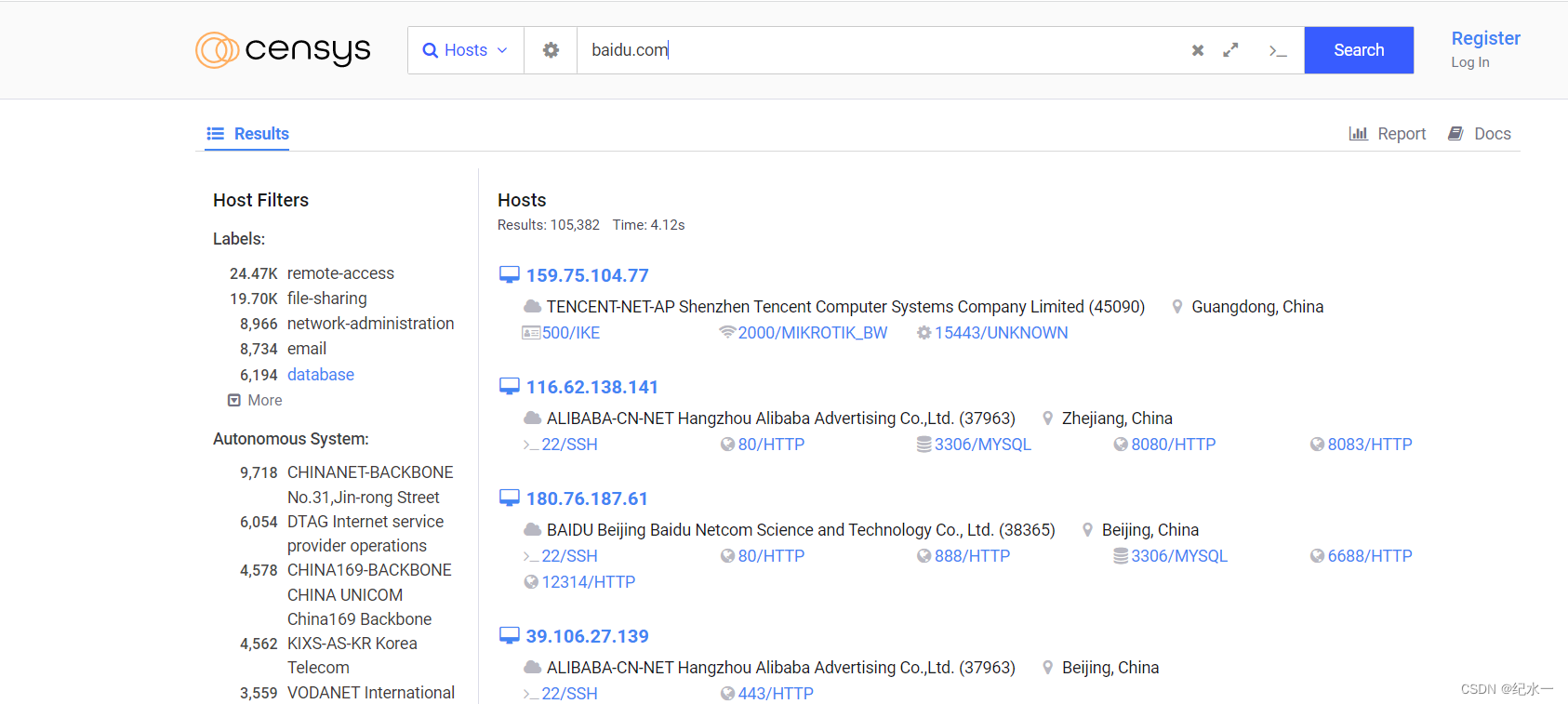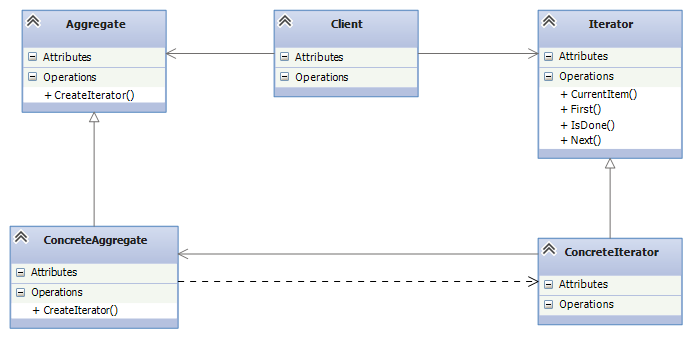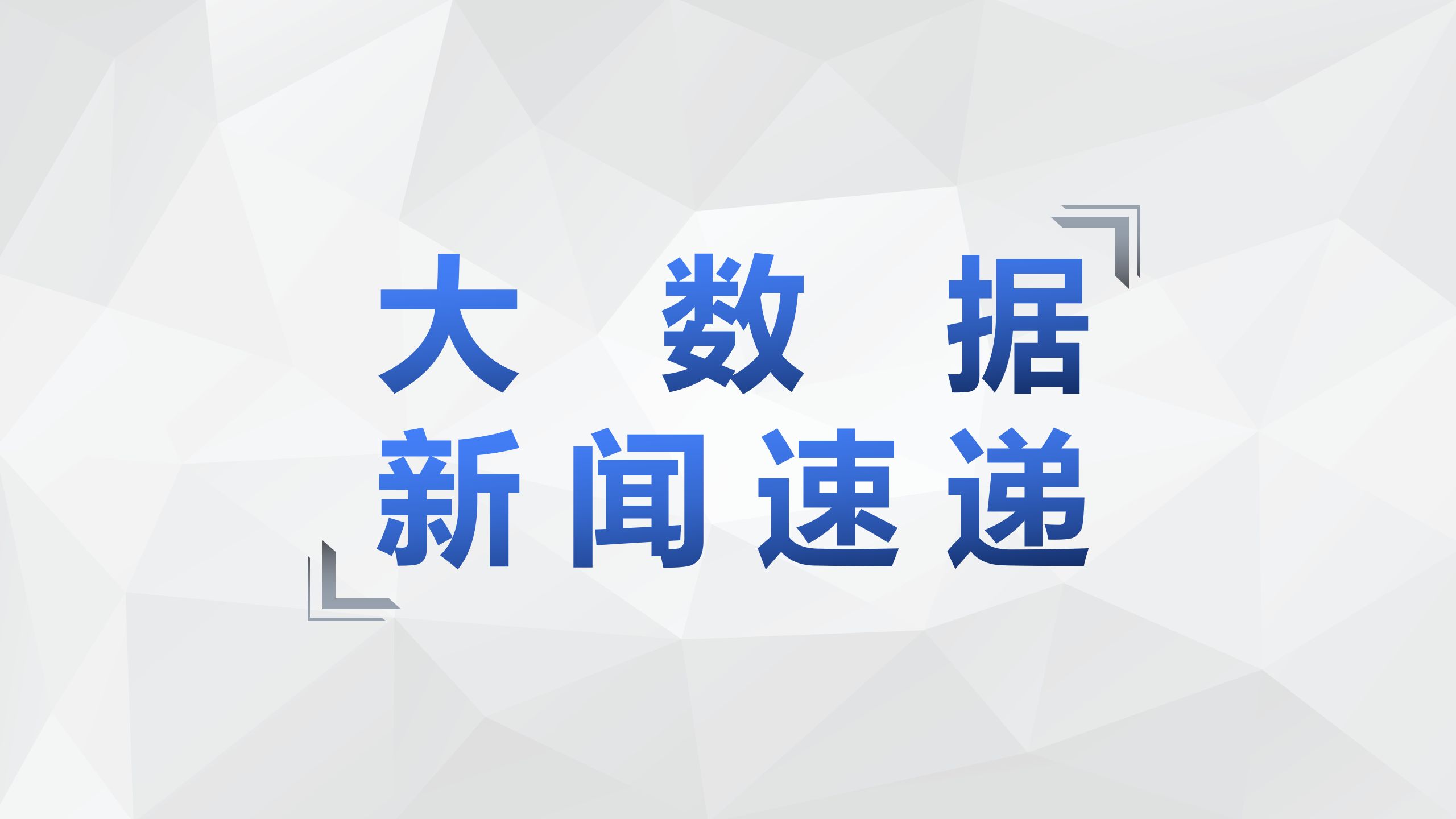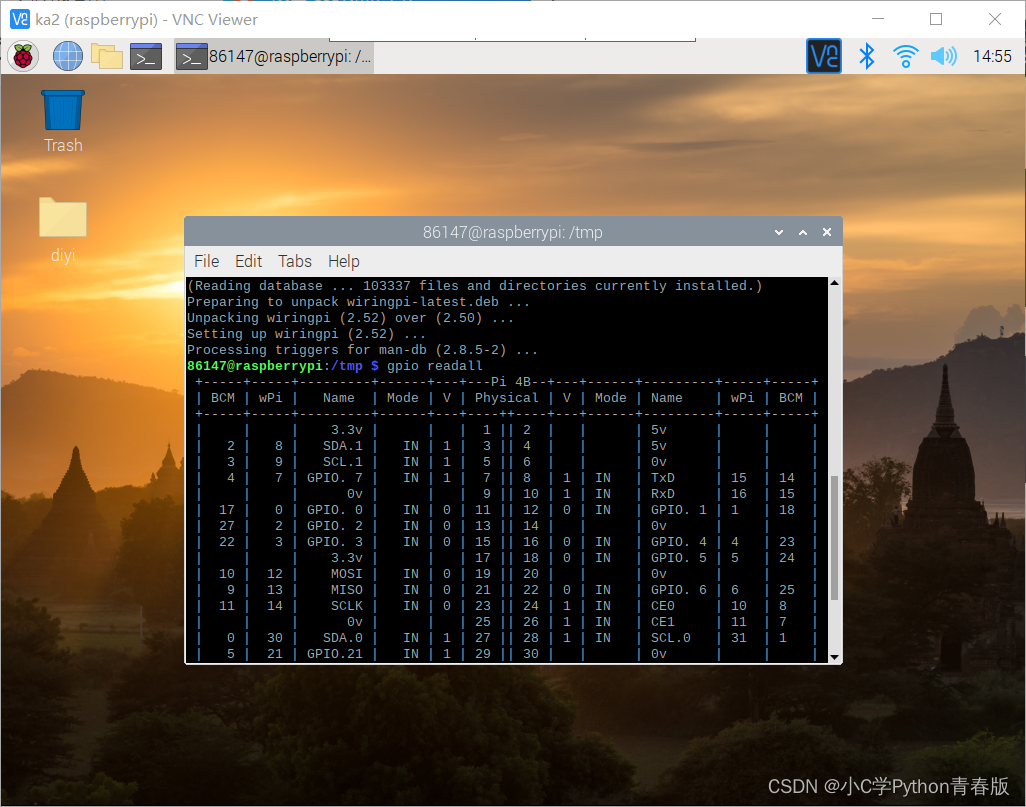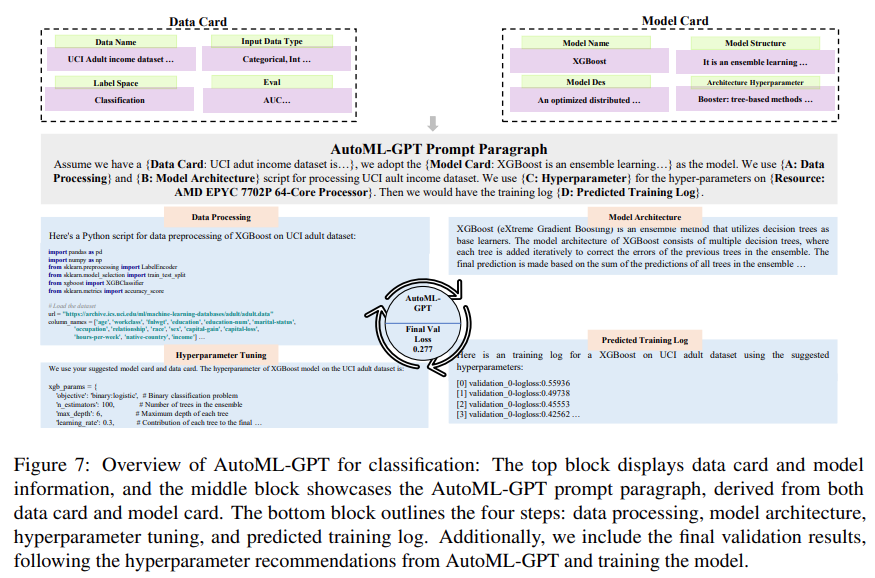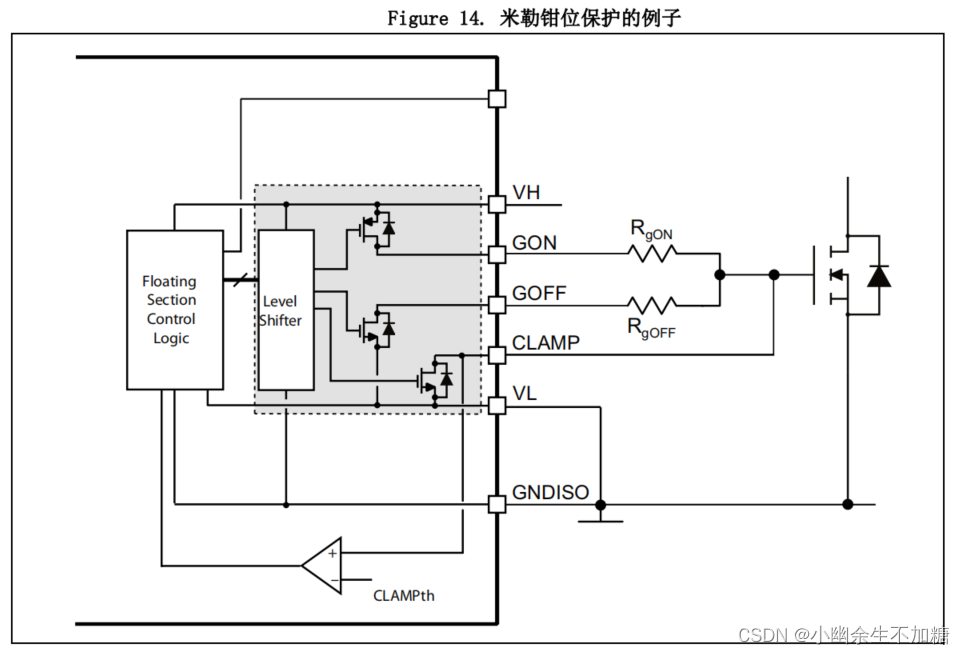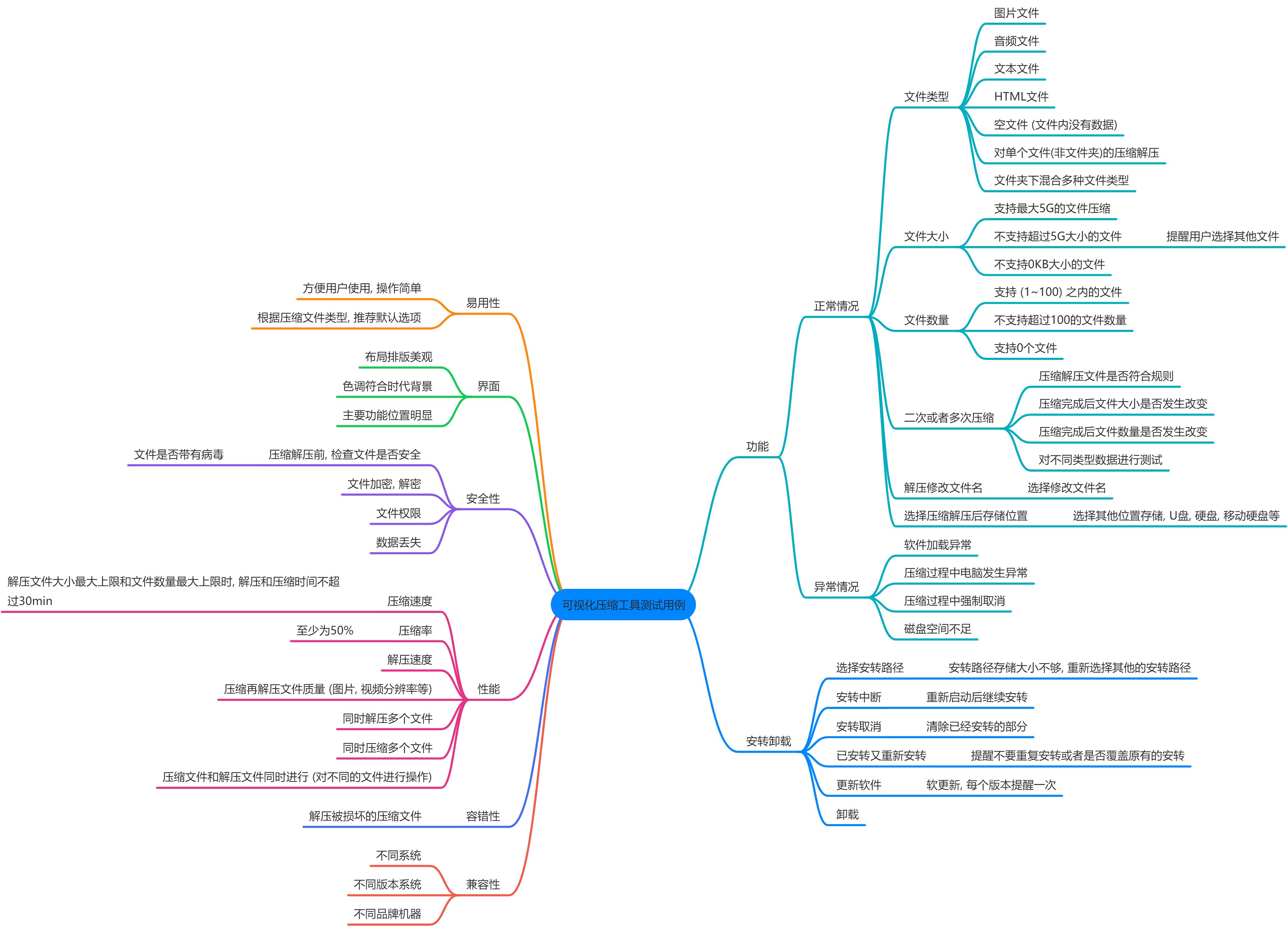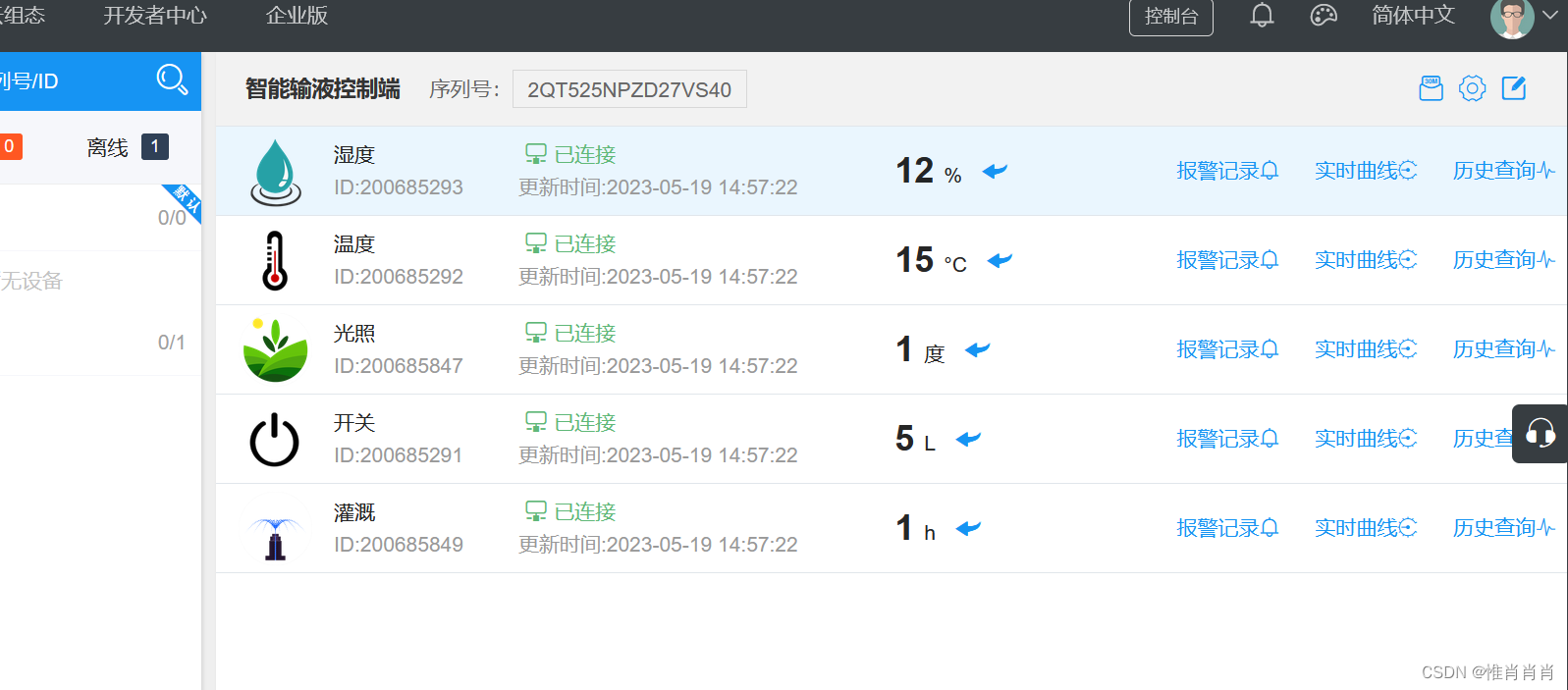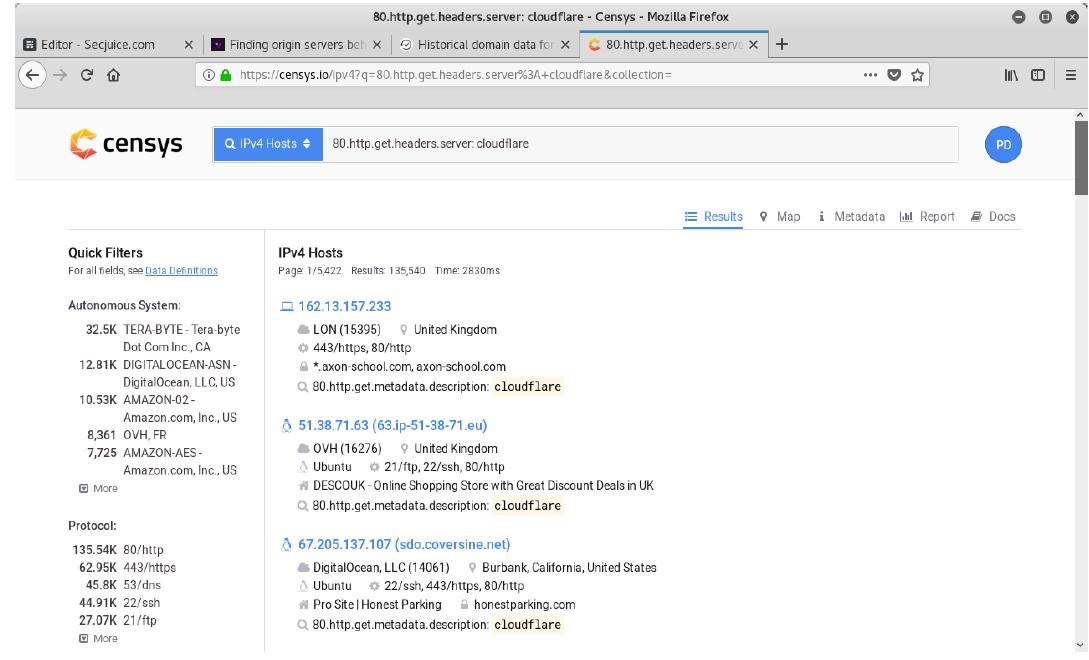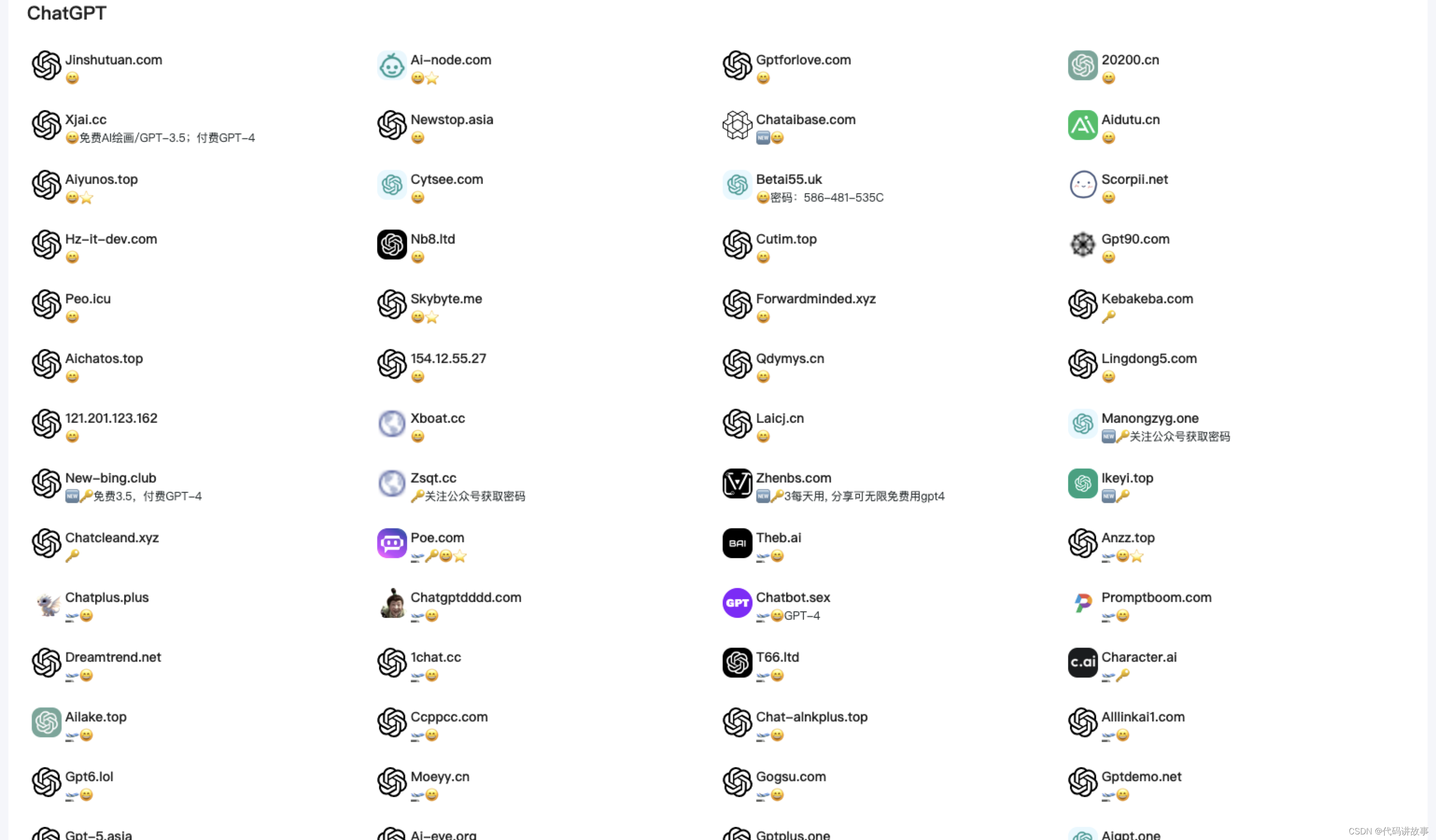文章目录
- 1.1 RestTemplate环境准备
- 1)背景说明
- 2)工程配置RestTemplate
- 1.2 RestTemplate API入门-1
- 1)get请求携带参数访问外部url
- 2)get请求响应数据自动封装vo实体对象
- 3)请求头携带参数访问外部接口
- 1.3 RestTemplate API入门-2
- 4)POST请求模拟form表单访问外部接口
- 5)POST请求发送JSON数据
- 6)获取接口响应的cookie数据

RestTemplate是Spring提供的一个用于访问RESTful Web服务的客户端工具。它可以方便地处理HTTP请求和响应,支持多种HTTP方法(GET、POST、PUT等),并且能够将服务器返回的JSON、XML等数据自动转换成Java对象。

1.1 RestTemplate环境准备
1)背景说明
Spring 框架已为我们封装了一套后端访问http接口的模板工具:RestTemplate。
RestTemplate非常轻量级,使用简单易上手。
2)工程配置RestTemplate
在stock_backend工程下配置RestTemplate bean:
import org.springframework.context.annotation.Bean;
import org.springframework.context.annotation.Configuration;
import org.springframework.web.client.RestTemplate;
/**
* @Description 定义访问http服务的配置类
*/
@Configuration
public class HttpClientConfig {
/**
* 定义restTemplate bean
* @return
*/
@Bean
public RestTemplate restTemplate(){
return new RestTemplate();
}
}

1.2 RestTemplate API入门-1
1)get请求携带参数访问外部url
import org.junit.jupiter.api.Test;
import org.springframework.beans.factory.annotation.Autowired;
import org.springframework.boot.test.context.SpringBootTest;
import org.springframework.http.HttpHeaders;
import org.springframework.http.HttpStatus;
import org.springframework.http.ResponseEntity;
import org.springframework.web.client.RestTemplate;
/**
* @Description
*/
@SpringBootTest
public class TestRestTemplate {
@Autowired
private RestTemplate restTemplate;
/**
* 测试get请求携带url参数,访问外部接口
*/
@Test
public void test01(){
String url="";
/*
参数1:url请求地址
参数2:请求返回的数据类型
*/
ResponseEntity<String> result = restTemplate.getForEntity(url, String.class);
//获取响应头
HttpHeaders headers = result.getHeaders();
System.out.println(headers.toString());
//响应状态码
int statusCode = result.getStatusCodeValue();
System.out.println(statusCode);
//响应数据
String respData = result.getBody();
System.out.println(respData);
}
}
效果:

2)get请求响应数据自动封装vo实体对象
/**
* 测试响应数据自动封装到vo对象
*/
@Test
public void test02(){
String url="";
/*
参数1:url请求地址
参数2:请求返回的数据类型
*/
Account account = restTemplate.getForObject(url, Account.class);
System.out.println(account);
}
@Data
public static class Account {
private Integer id;
private String userName;
private String address;
}
效果:

3)请求头携带参数访问外部接口
/**
* 请求头设置参数,访问指定接口
*/
@Test
public void test03(){
String url="http://localhost:6666/account/getHeader";
//设置请求头参数
HttpHeaders headers = new HttpHeaders();
headers.add("userName","zhangsan");
//请求头填充到请求对象下
HttpEntity<Map> entry = new HttpEntity<>(headers);
//发送请求
ResponseEntity<String> responseEntity = restTemplate.exchange(url, HttpMethod.GET, entry, String.class);
String result = responseEntity.getBody();
System.out.println(result);
}
效果:
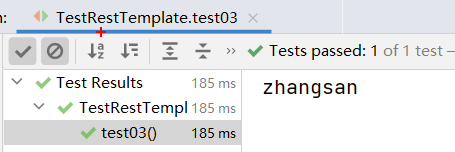

1.3 RestTemplate API入门-2
4)POST请求模拟form表单访问外部接口
/**
* post模拟form表单提交数据
*/
@Test
public void test04(){
String url="";
//设置请求头,指定请求数据方式
HttpHeaders headers = new HttpHeaders();
headers.add("Content-type","application/x-www-form-urlencoded");
//组装模拟form表单提交数据
LinkedMultiValueMap<String, Object> map = new LinkedMultiValueMap<>();
map.add("id","10");
map.add("userName","itheima");
map.add("address","shanghai");
HttpEntity<LinkedMultiValueMap<String, Object>> httpEntity = new HttpEntity<>(map, headers);
/*
参数1:请求url地址
参数2:请求方式 POST
参数3:请求体对象,携带了请求头和请求体相关的参数
参数4:响应数据类型
*/
ResponseEntity<Account> exchange = restTemplate.exchange(url, HttpMethod.POST, httpEntity, Account.class);
Account body = exchange.getBody();
System.out.println(body);
}
效果:

5)POST请求发送JSON数据
/**
* post发送json数据
*/
@Test
public void test05(){
String url="";
//设置请求头的请求参数类型
HttpHeaders headers = new HttpHeaders();
headers.add("Content-type","application/json; charset=utf-8");
//组装json格式数据
// HashMap<String, String> reqMap = new HashMap<>();
// reqMap.put("id","1");
// reqMap.put("userName","zhangsan");
// reqMap.put("address","上海");
// String jsonReqData = new Gson().toJson(reqMap);
String jsonReq="{\"address\":\"上海\",\"id\":\"1\",\"userName\":\"zhangsan\"}";
//构建请求对象
HttpEntity<String> httpEntity = new HttpEntity<>(jsonReq, headers);
/*
发送数据
参数1:请求url地址
参数2:请求方式
参数3:请求体对象,携带了请求头和请求体相关的参数
参数4:响应数据类型
*/
ResponseEntity<Account> responseEntity = restTemplate.exchange(url, HttpMethod.POST, httpEntity, Account.class);
//或者
// Account account=restTemplate.postForObject(url,httpEntity,Account.class);
Account body = responseEntity.getBody();
System.out.println(body);
}
效果:

6)获取接口响应的cookie数据
/**
* 获取请求cookie值
*/
@Test
public void test06(){
String url="";
ResponseEntity<String> result = restTemplate.getForEntity(url, String.class);
//获取cookie
List<String> cookies = result.getHeaders().get("Set-Cookie");
//获取响应数据
String resStr = result.getBody();
System.out.println(resStr);
System.out.println(cookies);
}
效果:




